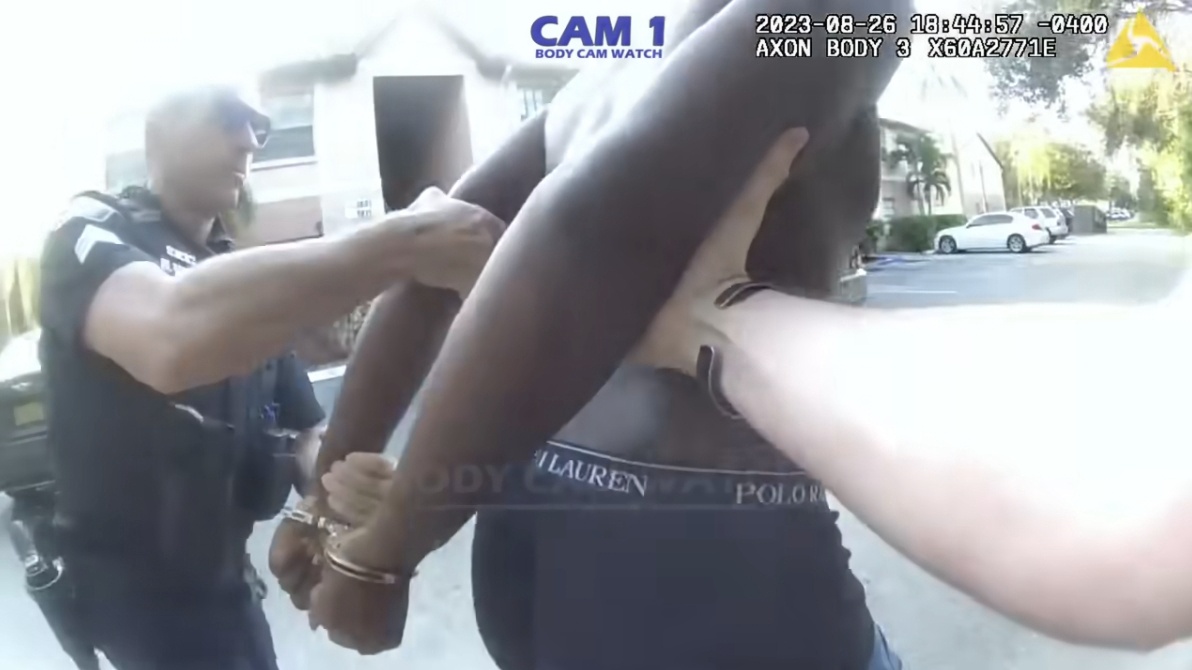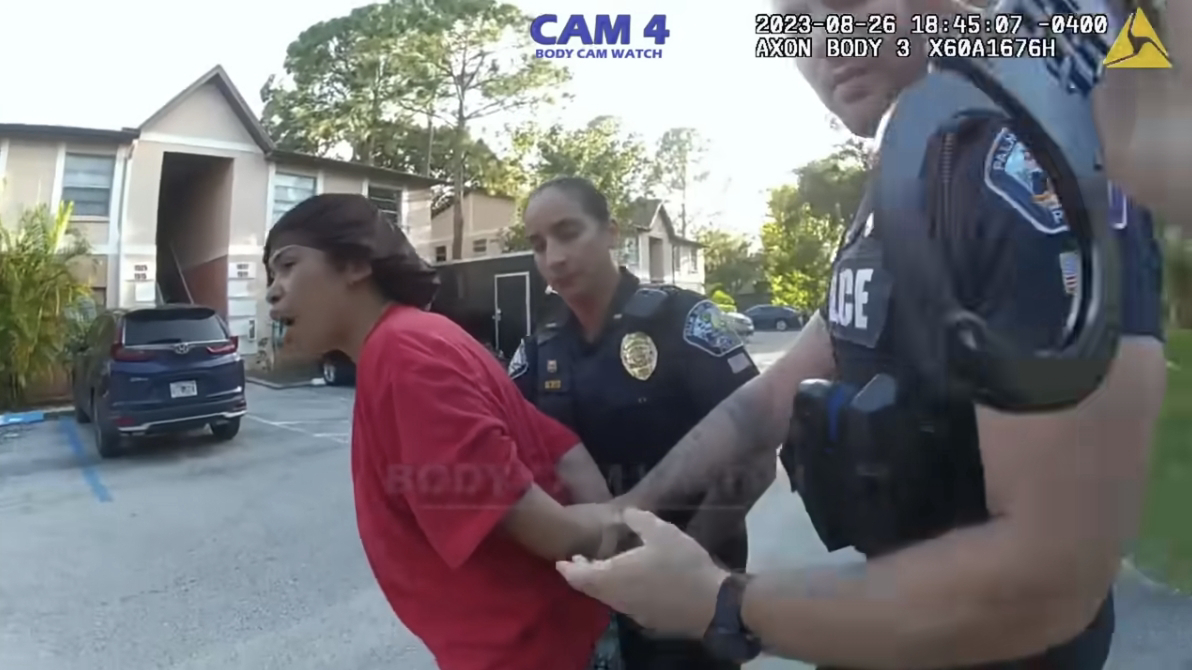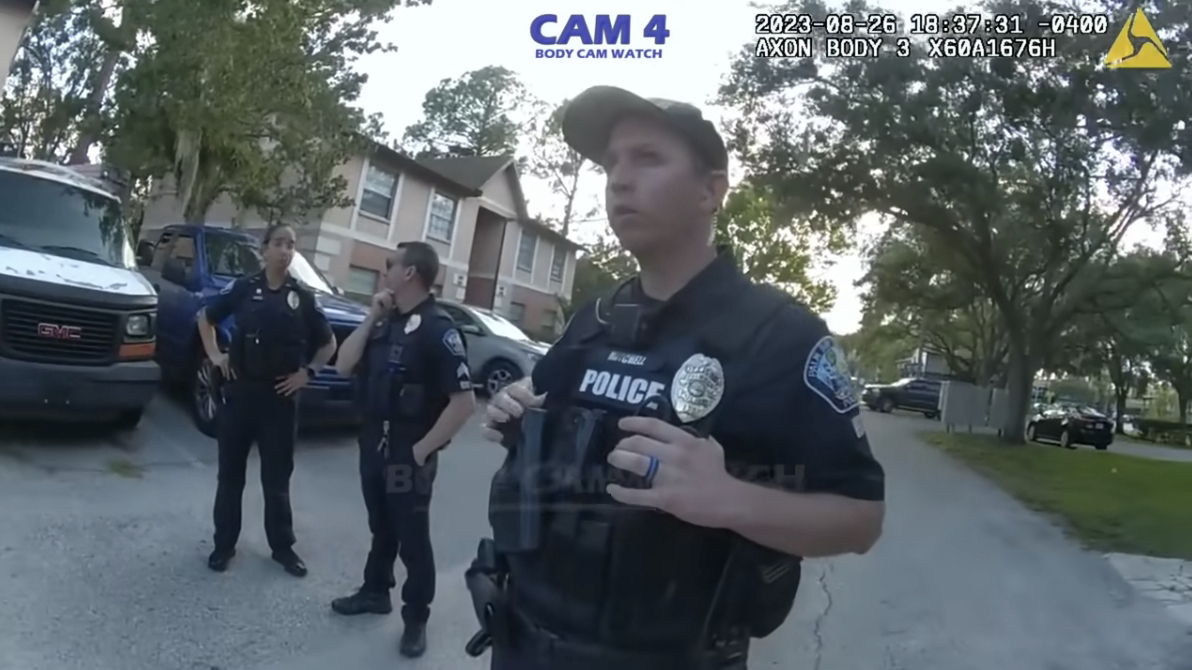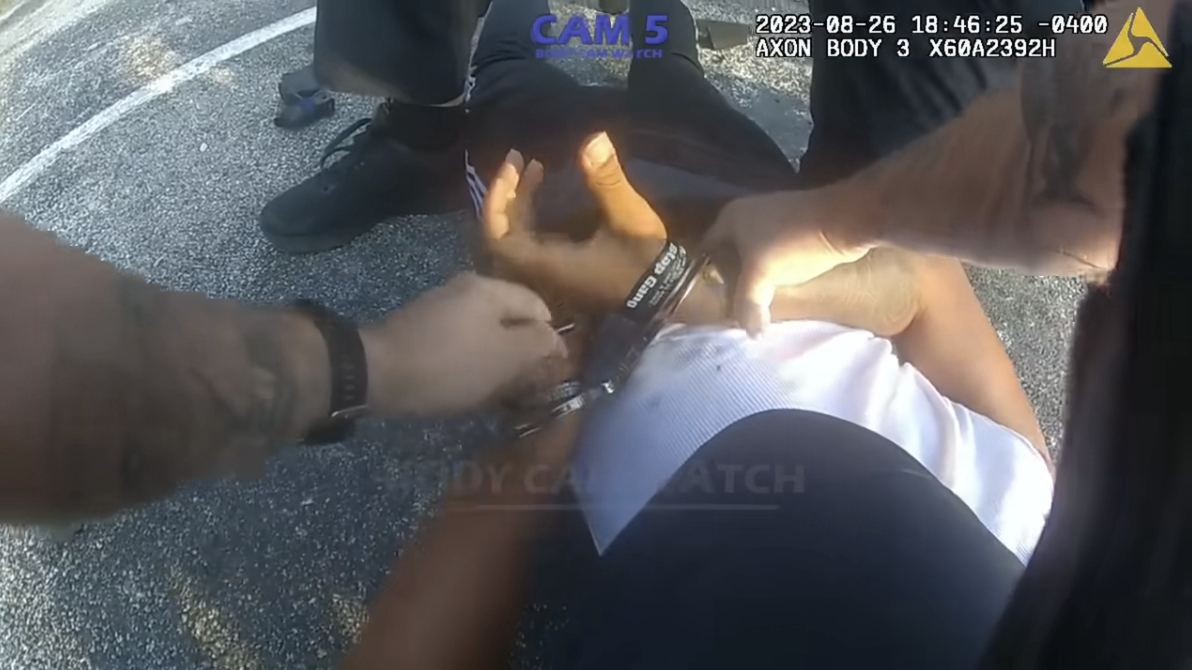In recent times, there has been a concerning surge in incidents where teenagers openly confront and even threaten law enforcement officers. This trend, while alarming, sheds light on various underlying socio-cultural and psychological factors contributing to juvenile delinquency and the challenges faced by law enforcement in dealing with such behavior.
One prominent factor contributing to this phenomenon is the breakdown of traditional family structures and inadequate parental supervision. Many adolescents engaging in such confrontations often come from dysfunctional homes lacking proper guidance and discipline. The absence of positive role models and familial support leaves them vulnerable to negative influences, including peer pressure and media portrayal of authority figures.

Moreover, the pervasive influence of social media amplifies the glorification of rebellious behavior and anti-authoritarian sentiments among teens. Platforms like TikTok and Instagram often showcase acts of defiance against law enforcement, garnering attention and admiration from impressionable youth. This virtual validation further emboldens teenagers to challenge authority figures in real-life scenarios.

Furthermore, societal factors such as economic disparity and systemic injustice contribute to feelings of resentment and alienation among marginalized youth. Many teenagers, particularly from minority communities, perceive law enforcement as symbols of oppression rather than protectors of their rights. This sense of disenfranchisement fuels hostility towards the police, leading to confrontational behaviors.
However, while these factors provide context, they do not absolve individuals of accountability for their actions. Threatening or assaulting police officers is a serious offense with legal consequences. Juveniles engaging in such behavior must be held accountable through appropriate legal channels, including rehabilitation programs aimed at addressing underlying issues such as anger management and impulse control.

From a law enforcement perspective, effectively addressing this challenge requires a multifaceted approach. Community policing initiatives focusing on building trust and rapport with youth can help bridge the gap between law enforcement agencies and the communities they serve. Additionally, investing in training programs to equip officers with de-escalation techniques and cultural sensitivity can mitigate tensions during encounters with teenagers.

In conclusion, the phenomenon of teens threatening police highlights complex societal issues that demand attention and action from various stakeholders. By understanding the underlying factors contributing to juvenile delinquency and adopting proactive measures to address them, we can work towards fostering safer communities and healthier relationships between law enforcement and the youth.